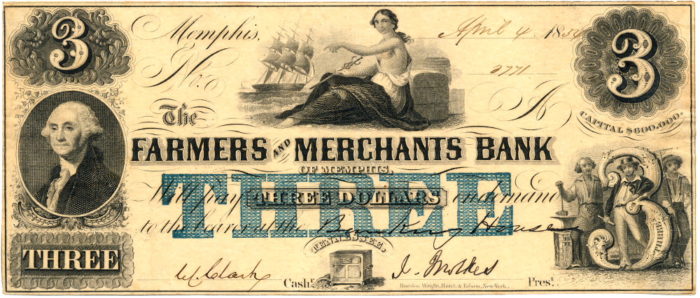Over fifteen years ago, Rob Savenor, owner of Boston’s Beacon Hill grocery store, sat with me on his loading dock to discuss how much he’d pay me for my leg of lamb. I had traveled to Boston from my farm in Maine with a cooler full of “heritage” meat. “Heritage” is a term used by foodies, even then, to describe meat from a few remaining breeds raised by farmers centuries ago. Much like heirloom seeds, these animals are no longer commercially viable and so are left to conservationists, such as myself and a few others, who feel that they have both historic and culinary value. During the 1990s, convincing Ron of these values had taken persistence and he cautiously agreed to sell the meat to his customers.
The scene on the loading dock occurred more frequently over the following months, and soon our heritage lamb and then pork appeared on menus of high-end restaurants in Boston and New York City. Chefs began to see the value of pasture-raised, artisanal, and niche products could enhance their menus, endearing their restaurants to customers who began to ask about the origins of their food. Now, chefs everywhere tout their greenness, sustainable practices, and local provenance, not to mention their good fortune in acquiring a few heritage meats for their menus.
Public awareness, the food industry, investors, and the government are clambering for a seat at the table in the food space. Food is no longer of interest just to foodies and molecular gastronomists such as Nathan Myhrvold. McDonald’s wants to be in the game along with food activists and entrepreneurs. Fast food is no longer content to be fast; it now want to be casual, local, green, and able to tap into their alert and voracious market. This means a food bubble is about to arrive.
A sure sign is the interest expressed by first-rate venture capitalists who have begun to invest their funds in food startups. Another is the success of crowd-funded ventures for food products, circumventing the traditional round of angel investing. After years of Slow Food, Farm, Inc., and the unabashed meteoric growth of Whole Foods, the flow of funds to food startups is about to begin.
So what does this mean for our food and for investors? Speculative bubbles are tools for the innovator. Capital comes out of the woodwork, hoping to cash in, and eventually out. The challenge then becomes one of mitigating loses.

Bubbles in other industries show us that when the bubble fizzles, the food industry will have been benefitted by the competition among the thousands of entrepreneurs and ideas that will flood the market. And yes, investors could brace themselves for the seductive quality of food ventures. New restaurants and the possibility of ending hunger and of eliminating obesity are compelling arguments for investing in a new enterprise.
The bubble may be an opportunity to move past the political and cultural arguments around food that tend to sidetrack reason and sabotage efforts to innovate. With an infusion of capital and a pinch of social investing, our food system may benefit from innovation that can create scalable solutions while offering a range of options, including big and small farms, local and global providers, and a pragmatic utilization of technology. Let’s get ready for the bubble.
Dr. Robyn Metcalfe, University of Texas at Austin, Director of The Food Lab, Food Historian, and Research Fellow, Center for Sustainable Development, School of Architecture.
Author